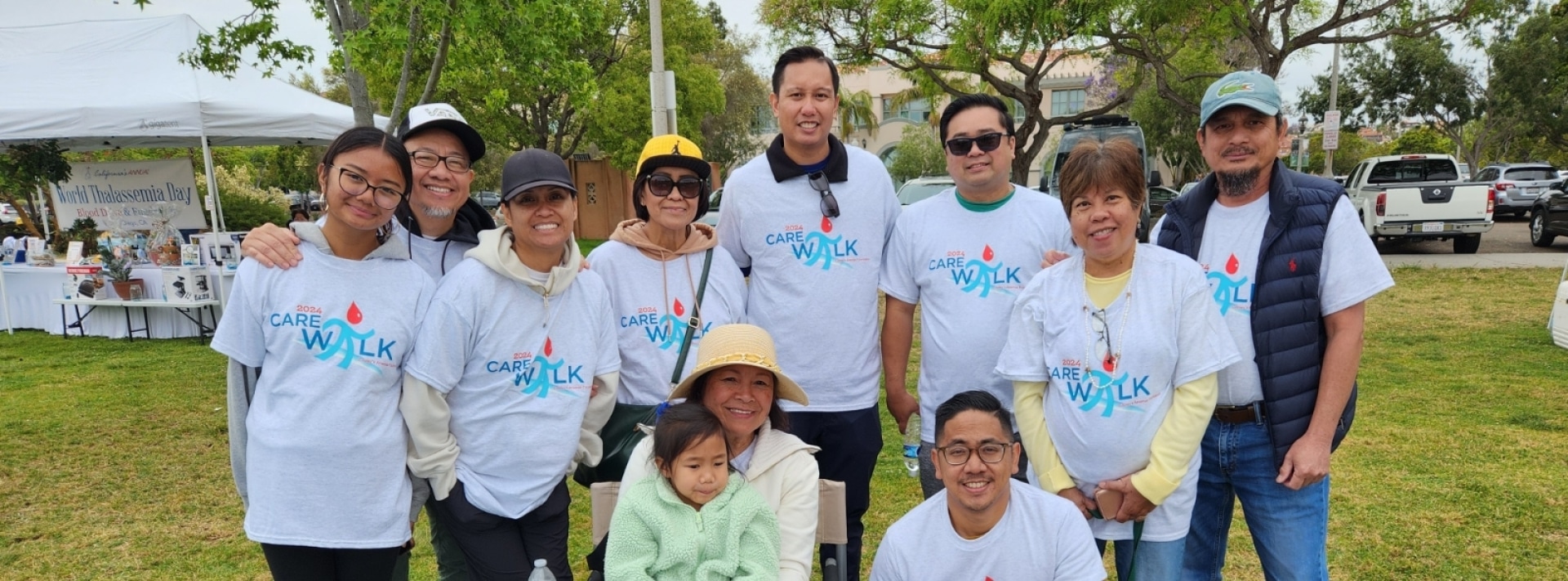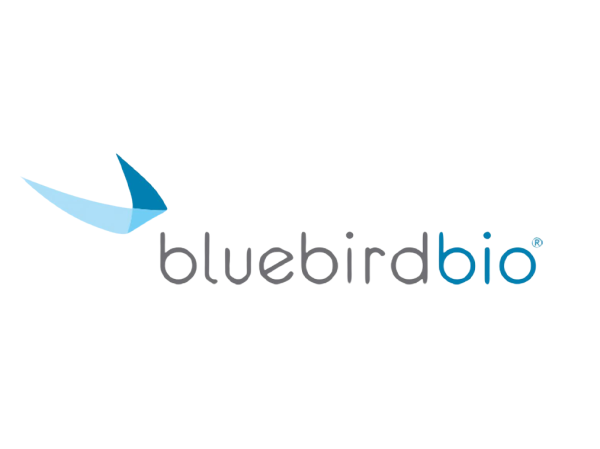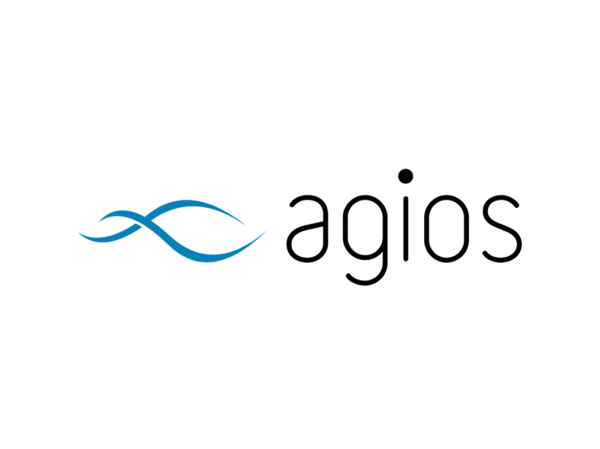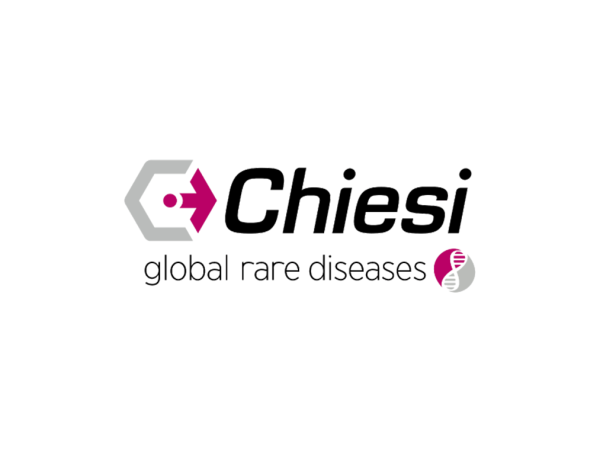Protected: Resources for Thalassemia Nurses and Social Workers
I. Sample Appeal Letters for Insurers Sample Appeal Letter for Eye Exam - Boston Children's Hospital Sample Appeal Lett…
The popup is set to appear 5 seconds after this page has loaded.
The popup's cookie is set to expire after 5 days.

Keep up-to-date with
Cooley's Anemia Foundation!
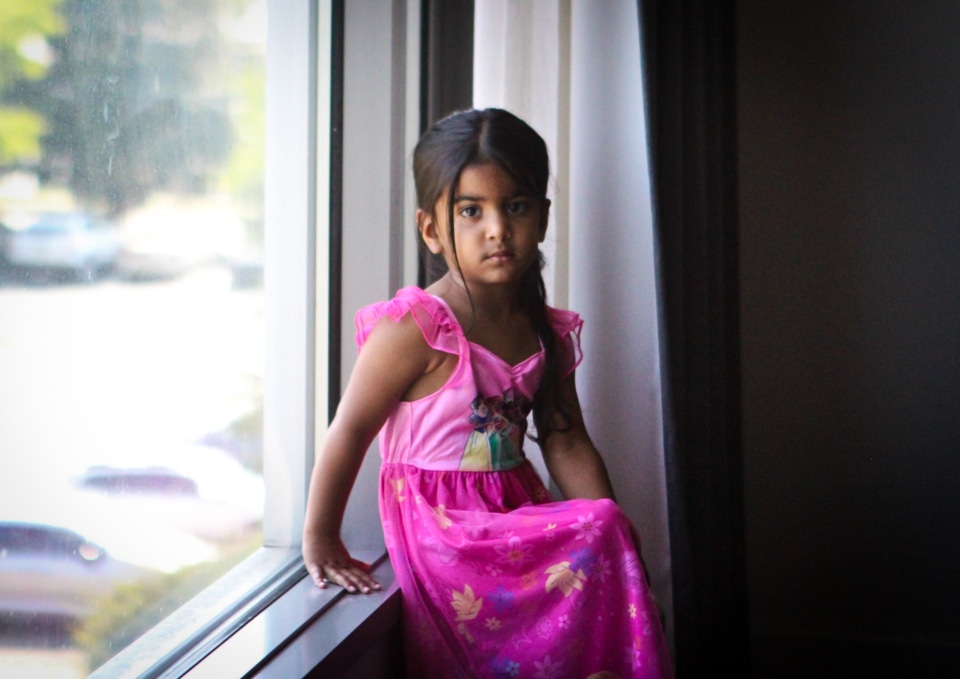
Hemoglobin is the oxygen-carrying component of the red blood cells. It consists of two different proteins, an alpha and a beta. If the body doesn’t produce enough of either of these two proteins, the red blood cells do not form properly and cannot carry sufficient oxygen. The result is anemia that begins in early childhood and lasts throughout life.
Beta Thalassemia occurs when hemoglobin lacks enough beta protein, primarily affecting individuals of Mediterranean, Middle Eastern, African, and Southeast Asian descent. It ranges from Thalassemia Minor, which typically causes no symptoms, to Thalassemia Major (Cooley's Anemia), the most severe form that requires regular blood transfusions and lifelong medical care to manage life-threatening anemia and iron overload.
Alpha Thalassemia occurs when the body doesn’t produce enough alpha protein in hemoglobin, commonly affecting people in Africa, Asia, and the Mediterranean. The condition ranges from the mild Silent Carrier State, with no symptoms, to the severe Alpha Thalassemia Major, which can cause life-threatening anemia and requires lifelong treatment.

My name is Jade. I’m 7 years old and I have Beta Thalassemia Major. Since I was a baby I have had blood transfusions every 21 days. That’s over 100 blood transfusions! The money that you send to CAF helps me to keep on playing sports, chess, swim and most of all reach my dreams!
